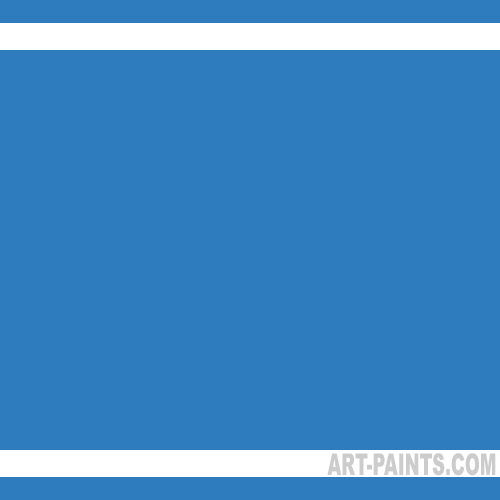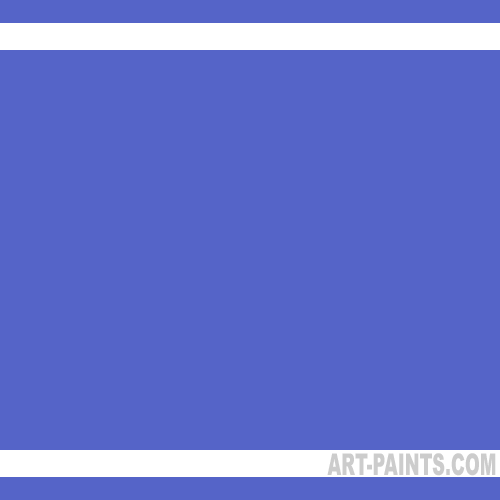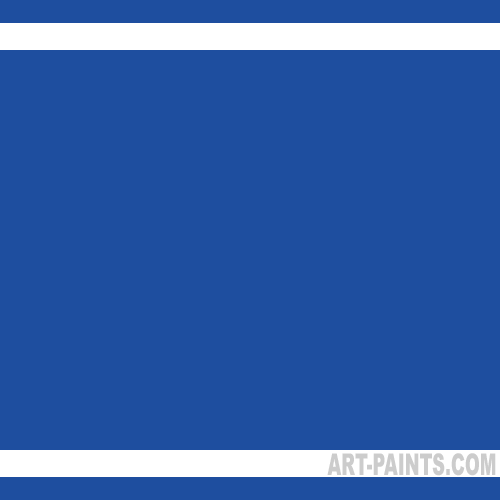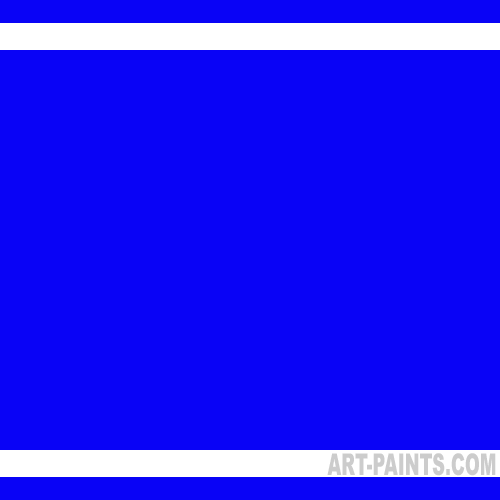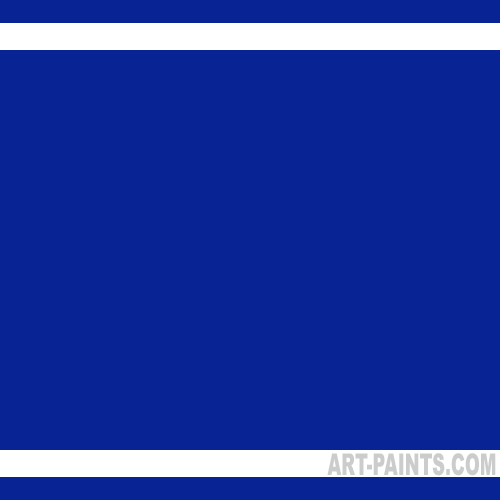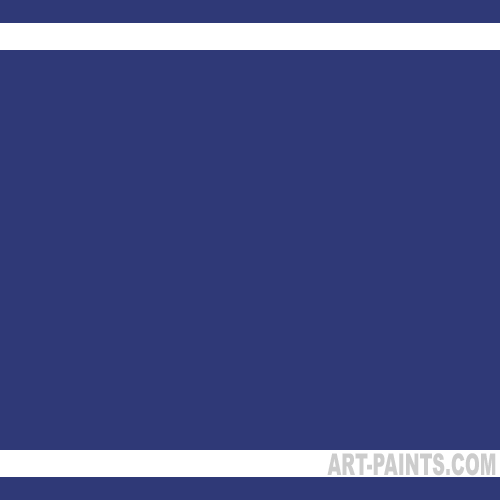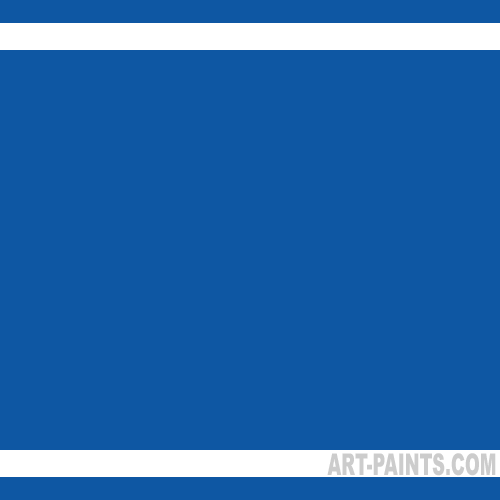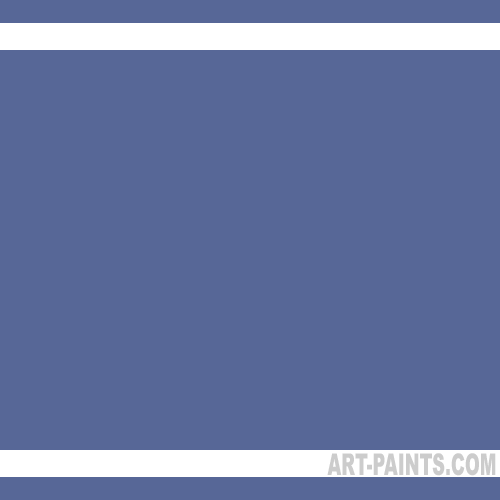Blue is one of the primary colors, but there are so many variations that it’s not an easy color to pin down.
There are blues that are so brilliant that they don’t seem to be natural and others that are so gray that they can almost be called neutrals.
As you’re learning about color, pay close attention when you’re mixing blues.
Some work well for making greens, while others are better suited to creating purple or violet tones.
It’s a good idea to make a mixing chart to remind yourself which blues go well with other colors and their resulting combinations.
Even as a beginner, you’ll probably have at least two blues in your paint box. Almost from the very start of your painting career, you’ll find the value of having a variety of blues in your bag of color tricks.
Cerulean Blue
When you think of Caribbean seas and deep blue skies, you may be envisioning Cerulean Blue. This blue has a slight tinge of green and is a cool, calm blue.
Cobalt Blue
Cobalt Blue is a deep, rich blue. It lacks the inky depth of color like navy blue, and is a soothing blue shade that isn’t jarring to the senses.
Phthalo Blue
This blue is a warm shade that is very dark straight out of the tube and turns into a wonderful sky blue with the addition of white. Phthalo Blue mixes well to make greens and warm browns.
Ultramarine Blue
This blue color is historically made from Lapis Lazuli, and in the Middle Ages, it was one of the most expensive paints available. Ultramarine Blue is a warm, reddish blue that is naturally transparent and mixes to make deep, true purples.
Indanthrone Blue
Indanthrone Blue is a deep blue that ranges from almost blue-black to a color that resembles washed-out denim. It’s a warm blue that works well for skies, water and shadows.
Prussian Blue
This color was developed in the 18th century as a chemist was trying to develop a synthetic crimson. Well, lucky for blue lovers, he didn’t abandon his mistake, but produced the color we now know as Prussian Blue. It is a slightly muted blue that has a high tinting strength with green undertones.
Manganese Blue Hue
Manganese Blue Hue replaces Manganese Blue, which was quite toxic. This greenish blue works well to make lovely turquoise shades for skies and tropical seas.
Indigo Blue
Indigo Blue is as deep blue with a good deal of red or purple undertone. Historically, it was produced thousands of years ago with the dye produced from the indigo plant. It’s a muted color that works well for shadows and denim.
Every manufacturer has their own specialty paints that are formulations exclusive to them or are their own variations of standard colors. Also, you’ll find that color will vary slightly between brands.
If you’re not familiar with a particular blue from a certain manufacturer, don’t use the color you see on your computer screen as your only guide to making a purchase. You may well be surprised with what arrives in your mailbox. If it’s not exactly what you had in mind, just chalk it up to an artist’s penchant for amassing many, many color choices.
